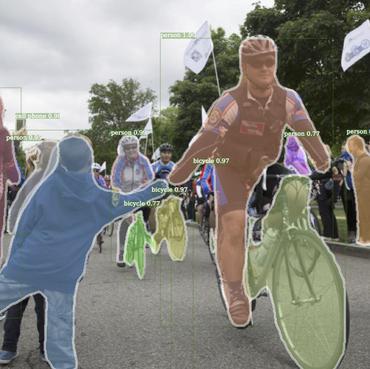Assessing fish abundance from underwater video using deep neural networks
Uses of underwater videos to assess diversity and abundance of fish are being rapidly adopted by marine biologists. Manual processing of videos for quantification by human analysts is time and labour intensive. Automatic processing of videos can be employed to achieve the objectives in a cost and time-efficient way. The aim is to build an accurate and reliable fish detection and recognition system, which is important for an autonomous robotic platform. However, there are many challenges involved in this task (e.g. complex background, deformation, low resolution and light propagation). Recent advancement in the deep neural network has led to the development of object detection and recognition in real time scenarios. An end-to-end deep learning-based architecture is introduced which outperformed the state of the art methods and first of its kind on fish assessment task. A Region Proposal Network (RPN) introduced by an object detector termed as Faster R-CNN was combined with three classification networks for detection and recognition of fish species obtained from Remote Underwater Video Stations (RUVS). An accuracy of 82.4% (mAP) obtained from the experiments are much higher than previously proposed methods.
PDF Abstract

